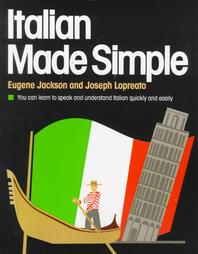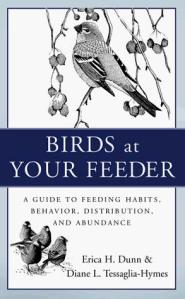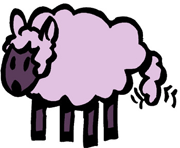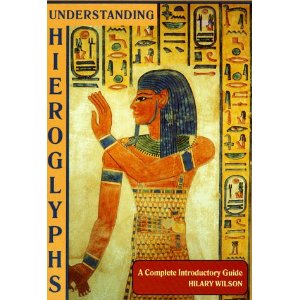Days 14,15,16,and 17. What can I say? I’ve been a slacker 😦
1.
The librarian’s guide to homeschooling resources
Scheps, Susan G.
Chicago, IL : American Library Association, c1998

Librarians. They can rock you world if you let em.
Summary (Library website):
As the number of homeschooled children in this country rises, the public library can be an excellent resource for parents who prefer to educate their children at home. In this new guide, Scheps (Homeschoolers and the Public Library: A Resource Guide for Libraries Serving Homeschoolers, Public Library Assn., 1993) gives librarians tips on serving the homeschool population and information on existing programs. Part 1 presents problems librarians face when serving homeschoolers, background details on what a homeschooler wants from a public library, homeschooling laws, and eight sample programs from libraries in the United States
My Reaction:
Pretty good listing of resources. A tad dated but still applicable.
2.
Bridges
Dupré, Judith
New York : Black Dog & Leventhal Publishers : Distributed by Workman Publishing Co., c1997

Love a picture book.
Summary (Booklist Review):
The unusual size of this album–a foot and a half long by a half-foot high–evokes the elongated structures that it extols. To illustrate the dozens of bridges Dupre selects, she uses two-page spreads, featuring a beautiful black-and-white photo, often a vintage nineteenth-century image, and pairs it with a page of inset pictures and text summarizing essential facts of design, construction, and history. Eye-catching book design is the essence here, and although bridge enthusiasts have more detailed sources of knowledge, such as Henry Petroski’s Engineers of Dreams (1995), they will demand a visual feast at some point. Dupre serves up the celebrity spans, naturally, but she also displays bridges that don’t loudly brag about themselves, for instance the humble iron-truss bridges one sees in rural America. Because of its shape, this book will be hard to shelve so displaying it seems to be the best option–and the cover of the Brooklyn Bridge in its cathedral-like magnificence ensures that many patrons will stop in their tracks and look.
My Reaction:
What a beaut this book is! Beautiful photography. Its a big-un too. Bridges fascinate and frighten me.
3.
Wiring 101 : 25 projects you really can do yourself
Carter, Jodie
Chanhassen, Minn. : Creative Pub. International, 2006

For me the terms 'do it yourself' and 'wiring' don't feel right together.
Summary (Library website):
Black & Decker? Wiring 101 takes the mystery (and nervousness) out of routine home wiring repairs and projects. It includes 25 of the most common projects and repairs and gives readers everything they need to know to finish each project safely, quickly, and with perfect results. Projects are arranged in order of complexity to help readers build confidence, from removing a broken light bulb to adding track lighting to installing a ceiling fan.Presuming no experience or expertise, Black & Decker? Wiring 101 will guide the would-be DIYer step-by-step with clear, jargon-free text and detailed color photos. Readers will learn exactly how to turn the power off safely and how to assemble and use a basic collection of wiring tools. This book will remove the intimidation factor from household wiring projects and allow readers to save money and make satisfying improvements.
My Reaction:
Just because there’s a DIY book for it, doesn’t mean you should DIY. I’m gonna leave the wiring to the pros.
4.
Italian made simple
Jackson, Eugene
Doubleday, 1960

If you get this book you can go to the Jersey Shore try out your Italian on Paulie, Snooki et al. Yeah right.
Summary (Library website):
For almost four decades, Made Simple books have set the standard for continuing education and home study.
My Reaction:
The book cover makes me want pizza for lunch. Mama Rosa’s here I come!

























